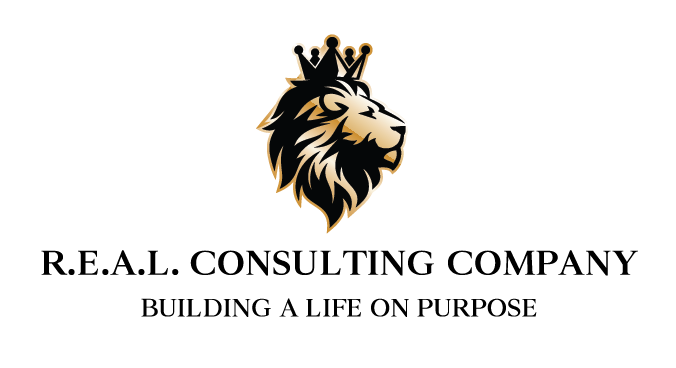People spend the bulk of their time pursuing happiness. It is, after all, the most optimal state of mind. But in this pursuit, many people fail to realize that happiness is not simply an end result. You cannot achieve happiness by arriving at it. But if happiness isn’t an end goal, how do you go about achieving it?
Happiness is NOT a Destination
Many people spend their lives going for gold in terms of their goals. They want to become the best versions of themselves. Only then can they be happy—when they achieve x, y, or z. The problem is that once you attain that goal, your internal mindset will remain the same.
Because of this, you will wonder what happened and why you’re not happy yet. For example, a person fresh out of college will likely tell themselves, “When I land my dream job, I’ll be happy.”
Once they get that job, they will have grown and changed as a person. That goal of attaining their dream job is now simply a goal made by a younger version of themselves. After they settle in, they will set a new goal to replace their old one, which begins the cycle of hunting for happiness. However, contentment isn’t where you land. It’s a mindset you have while traveling to where you want to be.
Rewiring the Brain for Happiness
In Shawn Acher’s book The Happiness Advantage: The Seven Principles of Positive Psychology That Fuel Success and Performance at Work, Acher outlines several details about happiness and success. His research concludes that happy people work harder and are much more likely to succeed at their goals, proving one thing: being happy equals success.
The trick isn’t to search or run towards happiness. The secret is to rewire your brain so that you look at things differently. A positive mindset is not something you can adopt overnight, but you can change your mindset to identify and seize opportunities that arise in front of you through the power of positivity.
The Power of Self-Measurement – Gain vs. Gap
Changing your mindset from negative to positive is not easy. As outlined in Dan Sullivan’s book, The Gap and the Gain, many people measure themselves and their successes against lesser versions of where they want to be. They have not yet succeeded in all their goals, so they are not yet the ideal version of themselves, and thus they are not and cannot yet be happy.
To flip the script in a sense, Sullivan suggests looking at the past version of yourself as a way to measure how far you have gone instead of how far you have to go. Doing so will give you a good benchmark of just how much success you’ve seen because of your efforts, which gives your mind the push it needs to move into more positive territory.
Harnessing a Powerful Circle
Your mindset and success depend on your inner circle. The five people you spend the most time with end up influencing you in irrevocable ways. Some people in your life may add positivity, while others take it away.
If you wish to adapt your mindset, you need to surround yourself with people that fall into the former category. You are the sum of your circle, and if they aren’t exuding positivity, how can you experience happiness?
Changing your mindset is not easy. However, by rewiring your brain, upgrading your circle, and judging yourself based on the things you have already accomplished, you can begin to harness happiness that never leaves you regardless of where you go in life.


